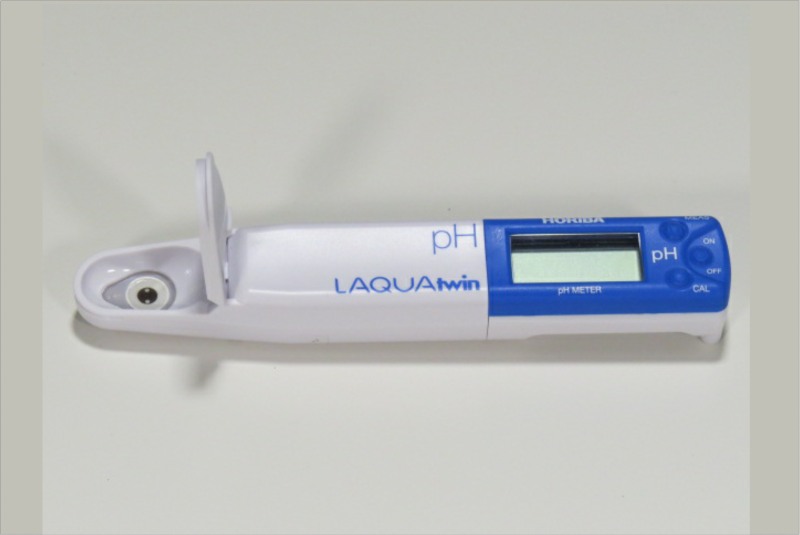Doludolu
Member
- Joined
- Dec 6, 2016
- Messages
- 149
Metabolism testing via Breathing & Respiratory rate
You can check your metabolic state via pH index by monitoring your breathing & respiratory rate and making a calculation.

pH index 6-9 = healthy human ; metabolic flexibility [able to oxidize glucose & fatty acids for energy]
pH lower than 6 or in the minus zone = 3, -1 ; -8, -16.8 all are KETOGENIC / alkalosis imbalances. Most of energy is generated from fatty acids. Stress metabolism.
pH greater than 9 or more = 9.5 ; 11 ; 21 ; 33 all are GLUCOGENIC / acidosis imbalances. Most of energy is generated from carbohydrates. In excess skin, hormonal, metabolic problems, blood sugar handling problems, hyperinsulinemia.
Do the Test and write down your results ( pH index ) !!!
Additionally, write down:
• What are your past experiences with other diets [low carb, Keto]
• How long you've been Peating ?
• Supplements used to promote fatty acid oxidation // glucose oxidation ?
• Health problems / diseases / stress level ?
• General metabolic feeling throughout the day ?
My pH index is currently in the DEEP minus state - ketogenic / alkalosis / stress metabolic state - as I've been living quite a stressful life for past years, did too much fasting , wasn't eating enough, had health challenges. Did several KETO "sessions". Last months been on Keto & Carnivore. Now will start shifting back to more of a Bioenergetic nutrition approach and will start increasing carbohydrates in my diet.
pH = 5 - (143/5) = 5 - 28.6 = - 23.6 (pH)
Will add more high intensity exercise, aspirin, B vitamins, NDT, more caffeine [how much I can handle], optimize circadian rhythms, increase carbohydrates slowly [for adjustment] --- to increase my glucose oxidation
By the way, as you change your diet say from Keto to Paleo ; then from Paleo to Bioenergetic / Peat type ; the pH index should change too (more towards glucose oxidation). Or if you're already in excess and goal is to improve insulin sensitivity - the pH would lower down from let's say - 16 to something like 8-9 , gradually.
This index should also change little bit seasonally [fall-winter-spring-summer] as our inner circadian clocks and diets change together with Nature.
You can check your metabolic state via pH index by monitoring your breathing & respiratory rate and making a calculation.
pH index 6-9 = healthy human ; metabolic flexibility [able to oxidize glucose & fatty acids for energy]
pH lower than 6 or in the minus zone = 3, -1 ; -8, -16.8 all are KETOGENIC / alkalosis imbalances. Most of energy is generated from fatty acids. Stress metabolism.
pH greater than 9 or more = 9.5 ; 11 ; 21 ; 33 all are GLUCOGENIC / acidosis imbalances. Most of energy is generated from carbohydrates. In excess skin, hormonal, metabolic problems, blood sugar handling problems, hyperinsulinemia.
Do the Test and write down your results ( pH index ) !!!
Additionally, write down:
• What are your past experiences with other diets [low carb, Keto]
• How long you've been Peating ?
• Supplements used to promote fatty acid oxidation // glucose oxidation ?
• Health problems / diseases / stress level ?
• General metabolic feeling throughout the day ?
My pH index is currently in the DEEP minus state - ketogenic / alkalosis / stress metabolic state - as I've been living quite a stressful life for past years, did too much fasting , wasn't eating enough, had health challenges. Did several KETO "sessions". Last months been on Keto & Carnivore. Now will start shifting back to more of a Bioenergetic nutrition approach and will start increasing carbohydrates in my diet.
pH = 5 - (143/5) = 5 - 28.6 = - 23.6 (pH)
Will add more high intensity exercise, aspirin, B vitamins, NDT, more caffeine [how much I can handle], optimize circadian rhythms, increase carbohydrates slowly [for adjustment] --- to increase my glucose oxidation
By the way, as you change your diet say from Keto to Paleo ; then from Paleo to Bioenergetic / Peat type ; the pH index should change too (more towards glucose oxidation). Or if you're already in excess and goal is to improve insulin sensitivity - the pH would lower down from let's say - 16 to something like 8-9 , gradually.
This index should also change little bit seasonally [fall-winter-spring-summer] as our inner circadian clocks and diets change together with Nature.


